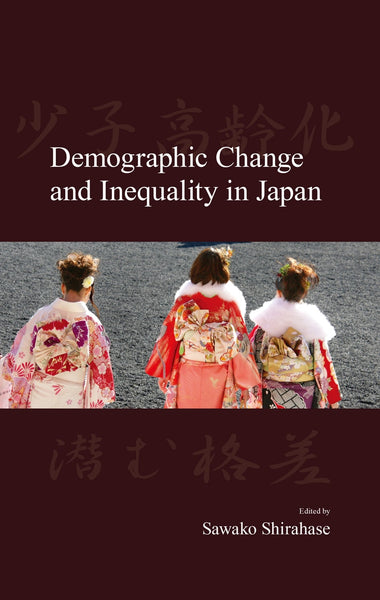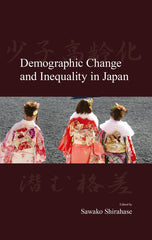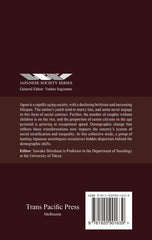Demographic Change and Inequality in Japan
Many In Stock
Japan is a rapidly aging society with a declining birthrate and increasing lifespan. The nation's youth tend to marry late, and some never engage in this form of social contract. Further, the number of couples without children is on the rise, and the proportion of senior citizens in the age pyramid is growing at exceptional speed. Demographic change that reflects these transformations now impacts the country's system of social stratification and inequality. In this collective study, a group of leading Japanese sociologists scrutinizes hidden disparities behind the demographic shifts, asking important questions: In what ways has educational inequality been enhanced? How has household composition changed and which household types are disadvantaged? What is the relationship between class and health? How do the middle-aged unemployed experience inequality? How does demographic change influence inheritance, pension acquisition, and social welfare? Using a variety of quantitative data, the contributors address these and other questions, elucidating Japan's unprecedented experience from sober sociological perspectives.
About Editors and Authors
SHIRAHASE Sawako is a Japanese sociologist whose research interests include social stratification, social demography and social theory regarding low birth rates. She is Executive Vice President of the University of Tokyo and Professor in the Graduate School of Humanities and Social Sciences, University of Tokyo. She was born in Kyoto Prefecture and graduated from the Department of Home Economics, Doshisha Women's University, in 1981. She completed the Master's Program of the Graduate School of Home Economics at Ochanomizu University in 1983 and obtained a PhD in Sociology from Oxford University in 1997. She served as Associate Professor of Sociology at the University of Tokyo from 2007, before taking up her current position in 2010.


